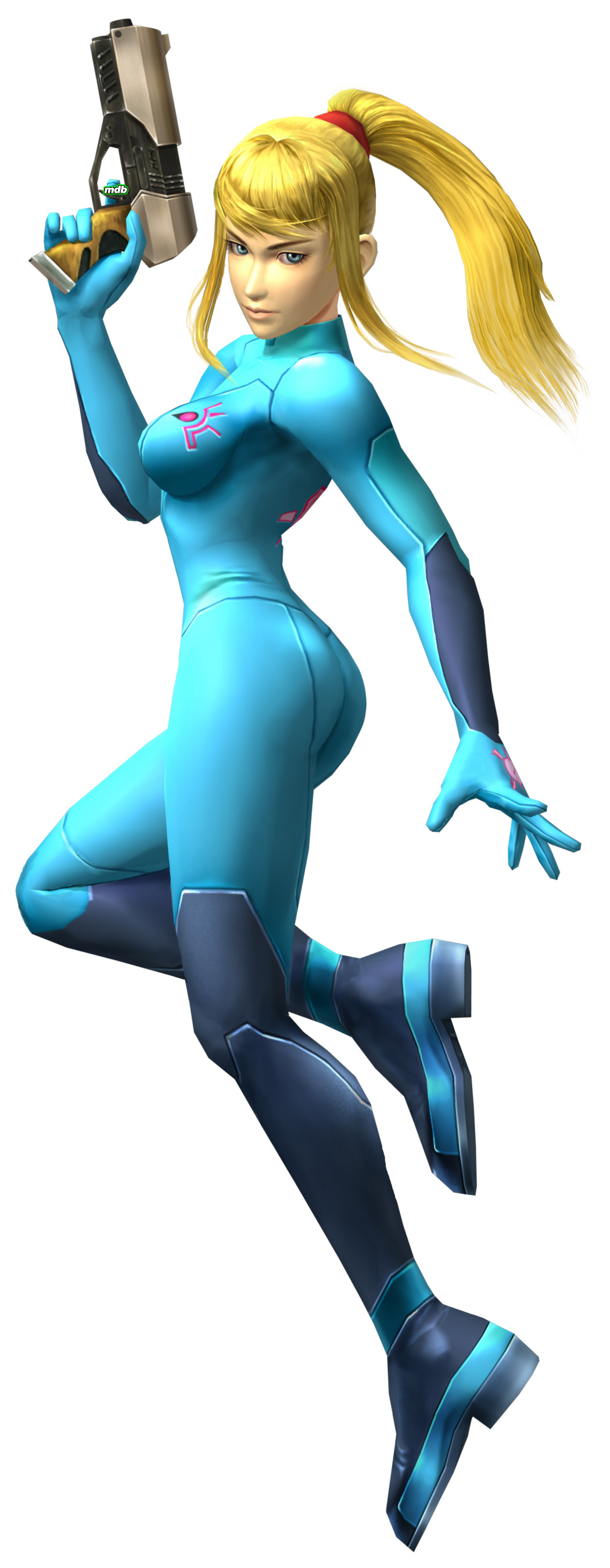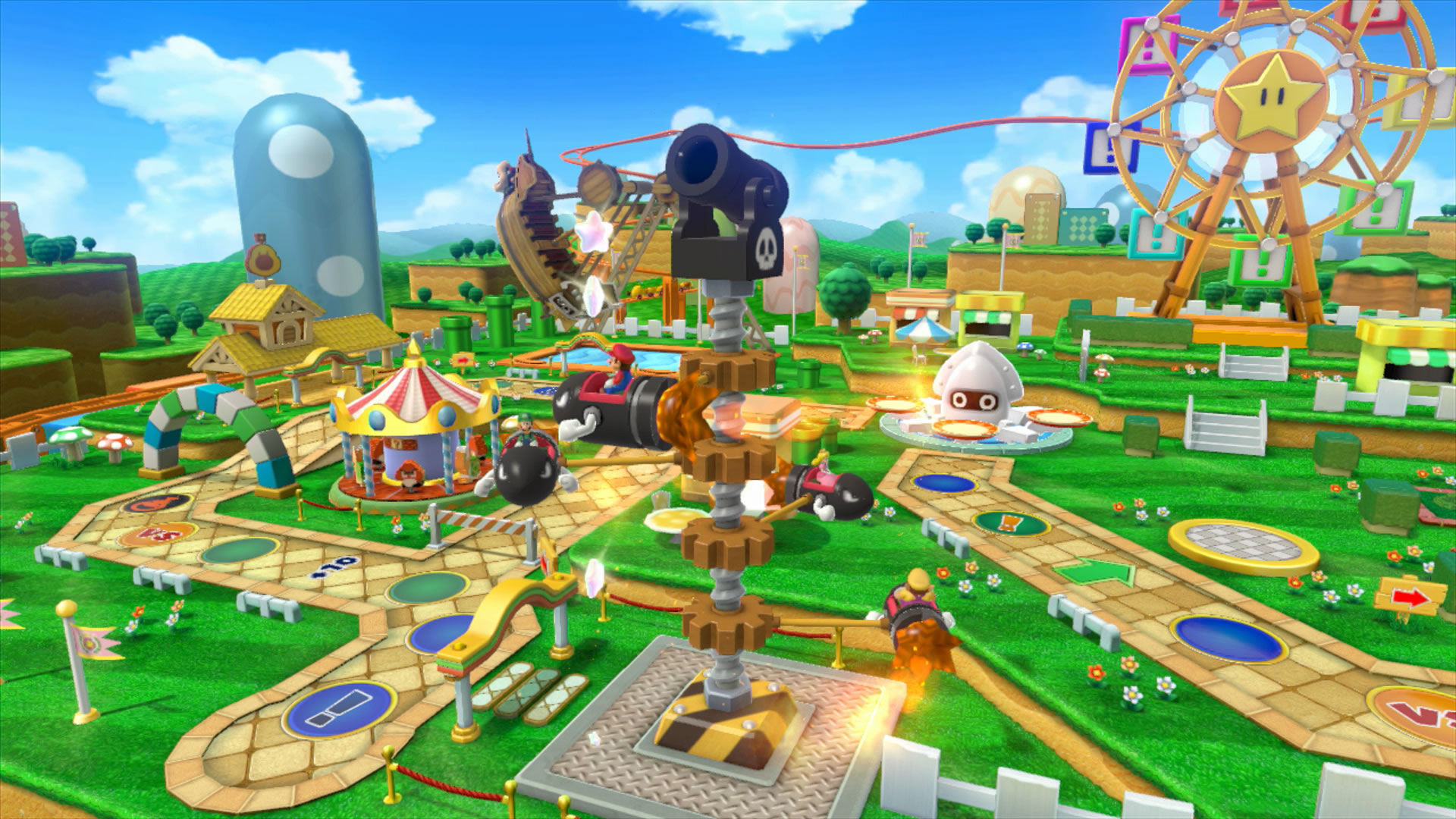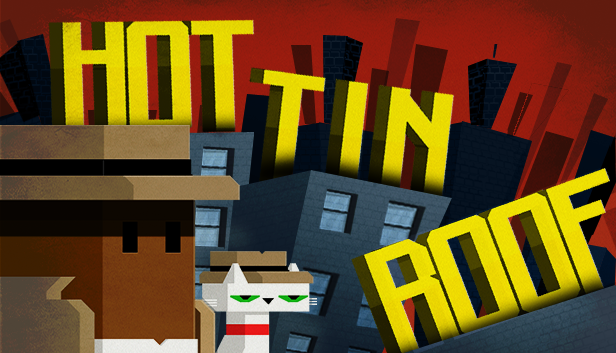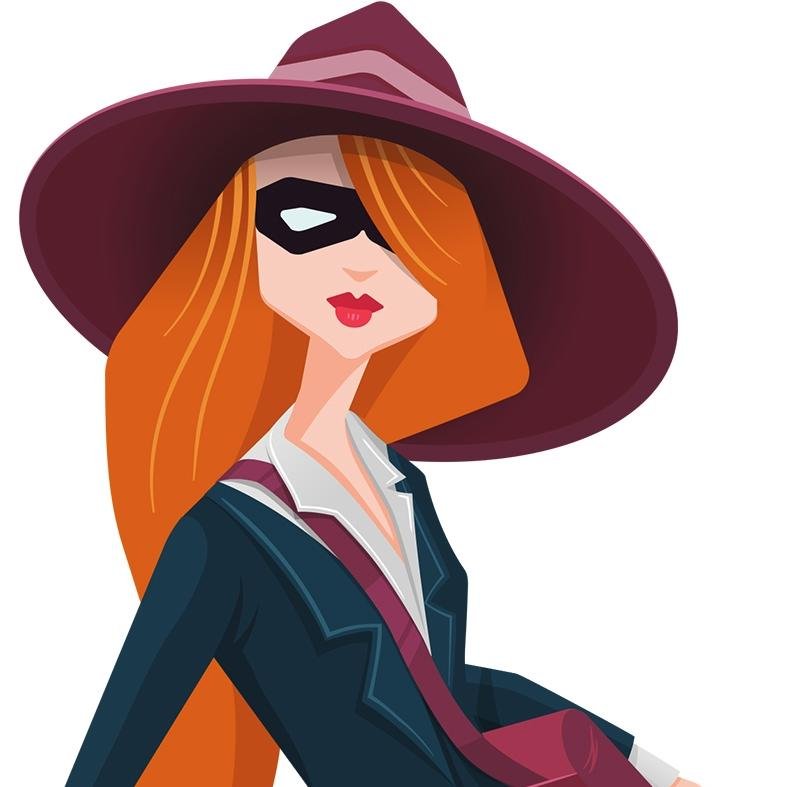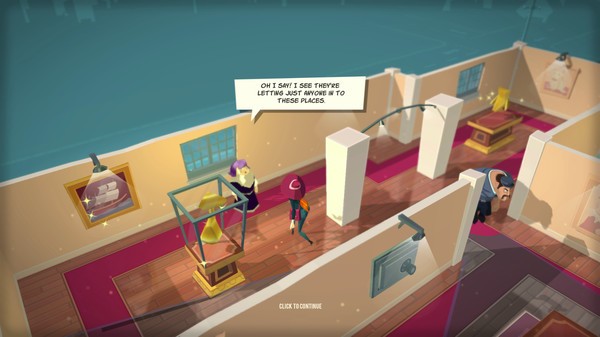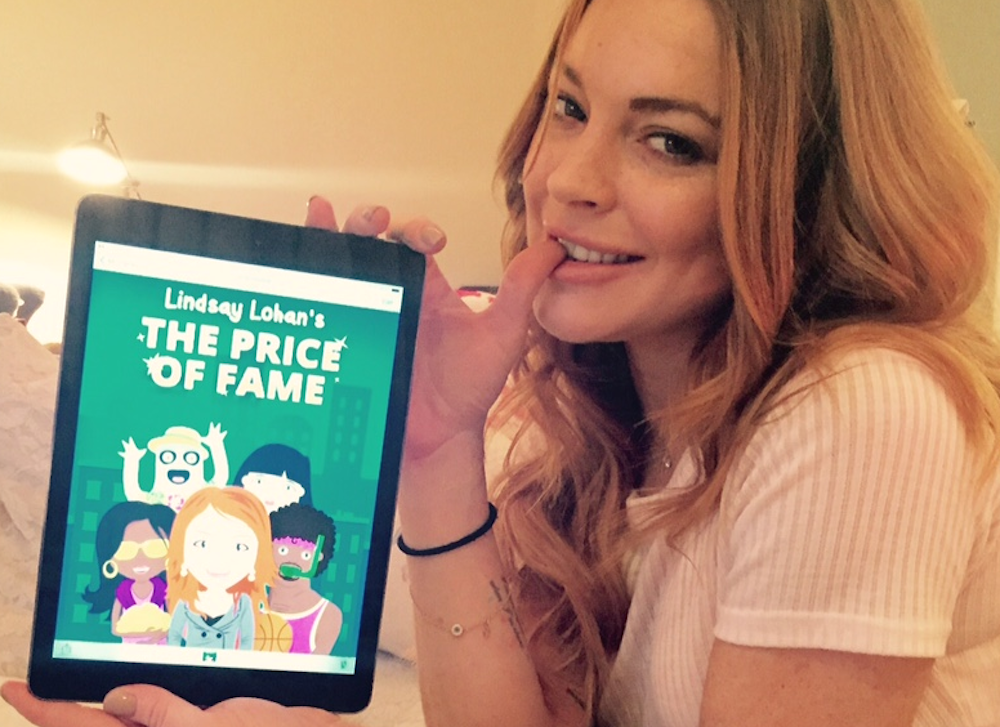To cosplay means to become a human representation of a character. It demands full commitment to a transformation of any kind, from human to alien, from male to female, from pale to the darkest brown. It differs from Halloween, where a trick-or-treater walks up to a door, rings a door bell, chants her phrase and is greeted back by, “who are you supposed to be?” There is no supposing. You are no longer yourself; instead, you are the new expression of your character. It is an escape, a well needed one, from the world’s occasional lifelessness.
Unfortunately, escaping is easier for some, impossible for others. Last Halloween, I decided to break my tradition of telling myself I am too old to dress up. I spent a good deal of time and money on a great costume. I wanted to be Zero Suit Samus. The costume would be simpler to make than other costumes; I’m about the same shape as her (thin), and because her suit is only a blue jumpsuit with minor designs, I knew the work would not be strenuous. I bought the jumpsuit online, and used markers to design it as closely to Samus’s as possible. Obviously, my thrown-together costume would not be as unerring as other’s who have spent months on their designs, but I knew that anyone who was familiar with the bounty hunter would see herself in me.
However, I made one alteration: Samus’s hair. I decided to match my own hair color, black; I felt uncomfortable sporting a blonde wig on my brown head. I wanted to be Samus, but I also wanted a shade that complemented me, in the same way that blonde hair seems to suit Samus. Perhaps if I were white, wearing a wig that didn’t match my own hair color would not have felt so distressing, but knowing that Black people with naturally blonde hair are in the minority, I felt the need to conform, to reject the idea that I could, for one night only, be a perfect blonde. I couldn’t step out of my race and accept the costume, and neither could those around me.
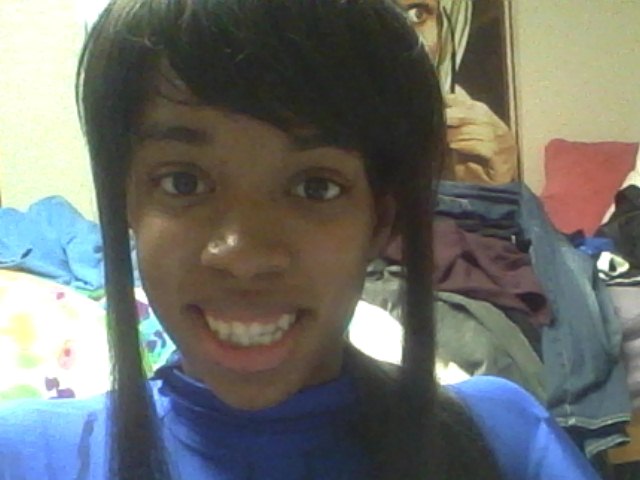
The change in the design sparked a change in how others saw me. Walking around in my costume, I was not Samus; I was “Dark Samus,” an evil version of the hero I hoped to be. Eventually, I accepted my fate as the darker, evil villain, but I wondered how different the scenario would have been if I wore a blonde wig. Clothing and accessories are things I can adjust: skin color is not. Perhaps if my wig was blonde, the conversion from Black college student to Samus would have been more palpable—not only for others, but myself — but I believe even if I wore a matching wig, I still would not have been Samus. I still would be different.
If I limited myself to only black videogame female characters, I’d be stuck with Storm, a variety of Grand Theft Auto side characters, and other people with slightly darker skin tones who gamers have assumed to be black. (I don’t think Ganondorf is black, sorry). Sure, black male characters are more abundant, but if being darker than Samus made me “Dark Samus,” than a black male character will make me a female, male character. I still won’t be the same.
I don’t blame my skin tone for my unsuccessful attempt to escape like other cosplayers; rather, I blame the inability to understand the hardship of the dark skinned costumer. There is a desire to stick within someone’s race, not only from those around the cosplayer but sometimes from the cosplayer herself. If we were to think about forcing races to only dress as characters that match their own ethnicity, how many options would non-white people have? What about abiding by the same gender?
In order to increase the acceptance of interracial cosplayers, we need two things: First, we need more diverse protagonists. By diverse, I do not mean a customizable character. When given the option of creating their own protagonists, gamers will usually design a character similar to themselves. Who doesn’t want to see a version of yourself killing enemies and earning money? The fantasy is not far-fetched, but it prevents any use of creativity. Developers have the ability to create powerful, memorable, and influential people within their art. I want a Black Nathan Drake, a Latina Laura Croft.
Cosplaying, as big as a community as it may be, is really a small part of a greater community of gamers, developers and artists. And it’s all connected, a system working together. Diversifying cosplay can be encouraged if we ask for more diverse characters and force gamers to actively stray from their comfort zone. Currently, there are far more successful developers willing to adhere to the status quo than to part ways. The male, white, brown-haired, muscular, emotion-less protagonist seems to be here to stay. I believe this emphasis on this type of hero is why darker-skinned cosplayers receive criticism. This isn’t to say developers are racist and think dark-skinned people cannot be protagonists; this is to say, however, that there are so many white protagonists that any other skin tone is surprising.
There is no denying that the white, male character is still seen as the universal figure, one everyone can try to relate to. Video games are still at a point where a game featuring a female protagonist is still controversial; a game with a non-white lead, while ground-breaking and exciting for some, will be terrifying for the many who are xenophobic. There are other stories to be told, and different characters will allow for that exploration and contemplation of different cultures.
Eventually, non-white characters will no longer be seen as a specialty, as a risky task a developer placed upon himself. Then, the non-white hero will be admired, like any other character. The admiration will move to the cosplayers who wish to design costumes for their favorite characters, no matter the race. A break from the status quo, a re-envisioning and new abundance of diverse protagonists (minor characters, side characters, and everything in between) will give me, and others, more characters that may look closer in skin tone; More importantly, it will push those who have not cosplayed outside of their race to do so. There will be more interracial cosplaying, and more need for acceptance. Before we can get there, though, we need a push. The push is what we need for a progressive future in gaming, comics and other media forms.
A break from the status quo, a re-envisioning and new abundance of broader protagonists (minor characters, side characters, and everything in between) will give me, and others, more characters that may look closer in skin tone, but more importantly, will push those who have not cosplayed outside of their race to do so. Basically, an increase in differently designed characters will make more people interracially cosplay. More cosplay will lead to more acceptance. But none of this can happen without a shift from the norm.
But in order to achieve this push, we will need a wider range of artists creating these characters. In this case, I’m pointing towards video game developers, but we should not neglect our writers, cinematographers and artists. If the current developers cannot embrace the change in culture, then we need new developers. Since the introduction of technology and computer science, white males have dominated the field. While their contributions have been unequivocally necessary, they cannot represent an array of people without help from others.
A broader group of developers will lead to broader representation within games, an increase in diverse characters, and an increase in different costumes to design and parade in. I don’t want to be limited to only Black characters, nor do I want others to believe interracial cosplaying to be offensive. I would rather like to invite others to cosplay whatever they desire, because it is their choice who they wish to represent. I admire the white Garcian Smith, the lighter skinned Elena, but we must remember that they are just Garcian Smith and Elena. Race specificity is not required. Once more people start cosplaying out of their race, more will accept the fact that I was not Dark Samus; I was Samus.
